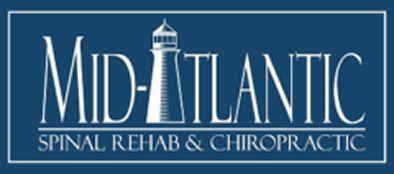Rolling Barrier System Sets Out to Reduce Car Accident Injuries
As my avid blog followers are already aware, I am a Baltimore Chiropractor and I spend the majority of my clinic time treating patients injured in Baltimore auto accidents. Typically I see patients that were rear-ended and are experiencing post-traumatic headaches, neck pain, and back pain related to their Baltimore car accidents. I enjoy following news trends around vehicle safety as it impacts my practice on a daily basis. In the last blog post I discussed the deadly crash in Baltimore that started with a gas truck falling from I-95 after striking the retaining wall after hitting a patch of ice. I found myself wondering if higher retaining walls would have done more to protect the driver and payload from plummeting to their deaths onto the train tracks below.
While I don’t have an answer for that question, a Korean company has unveiled a product that I believe might have helped that driver and the other 67 drivers that were involved in subsequent crashes last saturday. The company called ETI (Evolution in Traffic Innovation) created a “rolling barrier system” that they hope will help to cut down on the approximate 1.25 million people who die as a result of an automobile accident injury each year on the roads.
The idea behind the new product is simple – it is set to replace all of the hard metal guard rails that exist across every major roadway. The hard metal guard rails that can be seen anywhere attempt to stop a car or truck from crossing a median and slow them down instantly. What that means for the passenger is that the deceleration forces on the body get transferred to the occupants (the passengers), often resulting in more severe injuries, and in some cases, death to the occupants. It also helps to guide the crashing car forward and out of the way of the damage behind it, thus preventing fewer rebound crashes.
The rolling barrier system would replace the existing hard metal guard rails. They would help the occupants to “ride down” the crash by continuing to roll the vehicle forward and decelerate over a longer period of time, thus decreasing the forces on the body, and hopefully, decreasing the likelihood for injury or death as a result of these crashes. Its an idea that’s so simple I find myself wondering why I never thought about it first!
The rotating cylinders of the rolling barrier system are made out EVA, which is said to have better flexibility and elasticity compared to other polyethylene resins and has many features similar to rubber. These characteristics make it extremely durable and hard to damage even with a crash. Further, each individual roller is relatively simple to replace following a crash.
So far the Korean company has crashed small cars, large cars, and buses into the rolling barrier and they have been able to do so successfully without the vehicles ripping the rolling barrier system out of the ground and without going through or over the rolling barriers.
I suspect a lot more work needs to be done to test these rolling barriers, but the idea is novel and it appears to work. Given their ability to reduce injury due to automobile accidents and their ability to reflect headlights at night, I would welcome them onto the roads that I routinely travel. Check out some cool crash videos demonstrating the rolling barrier system here.
If you, or someone you know, has been involved in a Baltimore auto accident injury and require help to recover from your injuries, please contact Mid-Atlantic Spinal Rehab & Chiropractic at (443) 842-5500. We would be happy to help!
Dr. Gulitz
